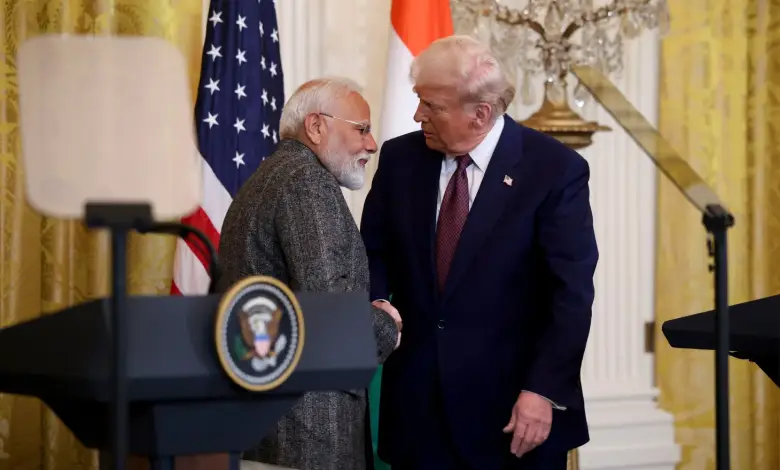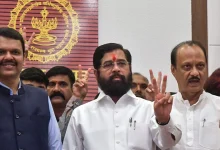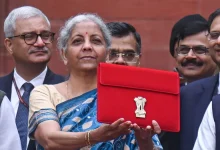
In a bold trade move, US President Donald Trump has introduced a 26% reciprocal tariff on all Indian imports entering the United States, set to take effect on April 9. Unveiled during his ‘Liberation Day’ address, this decision dashes New Delhi’s hopes for tariff reductions and instead erects new economic hurdles for India.
Trump described Prime Minister Narendra Modi as a “great friend” but criticized India for levying steep tariffs on US products while enjoying minimal duties in return. “They’re hitting us with 52%, while we’ve charged next to nothing for decades,” he remarked, underscoring his intent to balance trade relations. With a $46 billion trade deficit between the US and India, Trump vowed to maintain these tariffs until the imbalance is addressed.
Impact on India
India now faces significant economic challenges due to these tariffs, which threaten to disrupt multiple industries. Businesses, from small enterprises to large corporations, are racing to evaluate the fallout. In response, India is reportedly exploring tariff cuts on $23 billion worth of US imports—spanning gems, jewelry, pharmaceuticals, and auto parts—to lessen the impact, though no agreement has been secured yet.
Ankur Sharma, a market analyst at VT Market, described the tariffs as a pivotal moment in global trade, especially for emerging markets like India. “This policy targets high duties imposed by nations like India on American goods, and it’s poised to affect India’s economy, trade ties, and currency stability in both the short and long term,” Sharma explained.
Sectors at Risk
Sharma pinpointed the automotive, pharmaceutical, and IT sectors as the most vulnerable. The 26% tariff adds to an existing 25% duty on imported cars and auto parts, effective April 2 for vehicles and May 3 for components. Indian automakers are already feeling the pinch: Tata Motors, which exports through Jaguar Land Rover (JLR) to the US, saw a 5% stock drop, while Sona Comstar reported a 4% decline.
The pharmaceutical industry, a cornerstone of India’s exports to the US, could see revenues shrink as tariffs rise, though exact rates remain unspecified. Meanwhile, the IT sector braces for potential duties on services, an area where India holds a strong export presence. Sharma noted, “The tariffs’ full impact hinges on their duration and how well Indian industries can adjust to this shifting trade environment.”
All Eyes on Trade Deal
The clock is ticking for India to respond. Failure to act promptly could severely damage exports, strain trade relations, and hinder economic growth. The government faces a stark choice: negotiate tariff reductions on US goods or prepare for an extended trade dispute. Trump’s 26% tariff stands as a clear test, pushing India to devise a swift strategy to cushion the blow.




